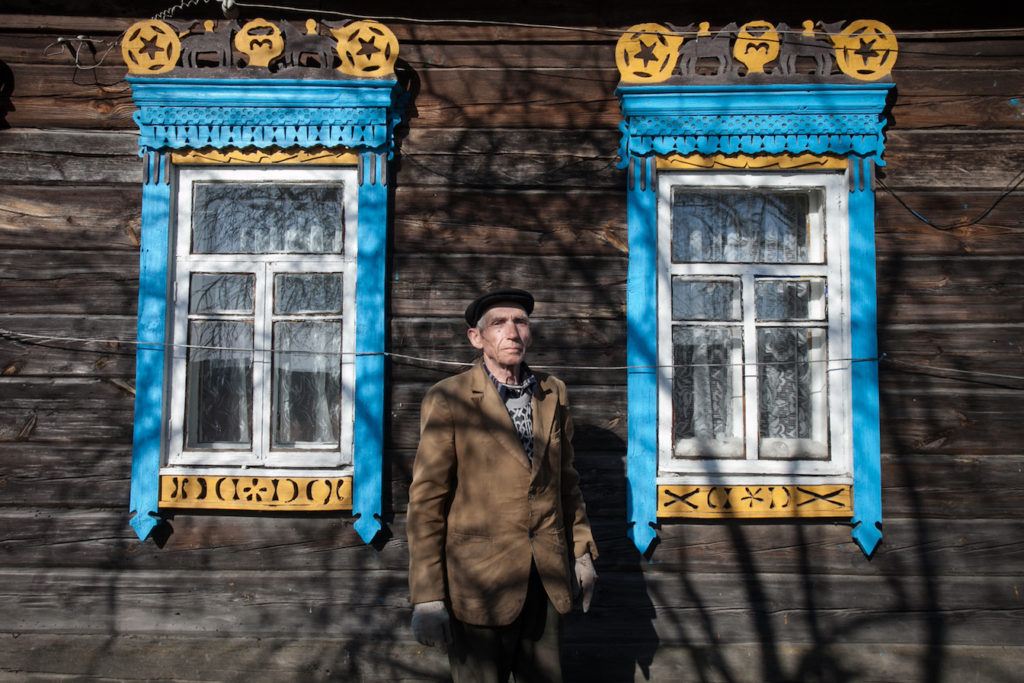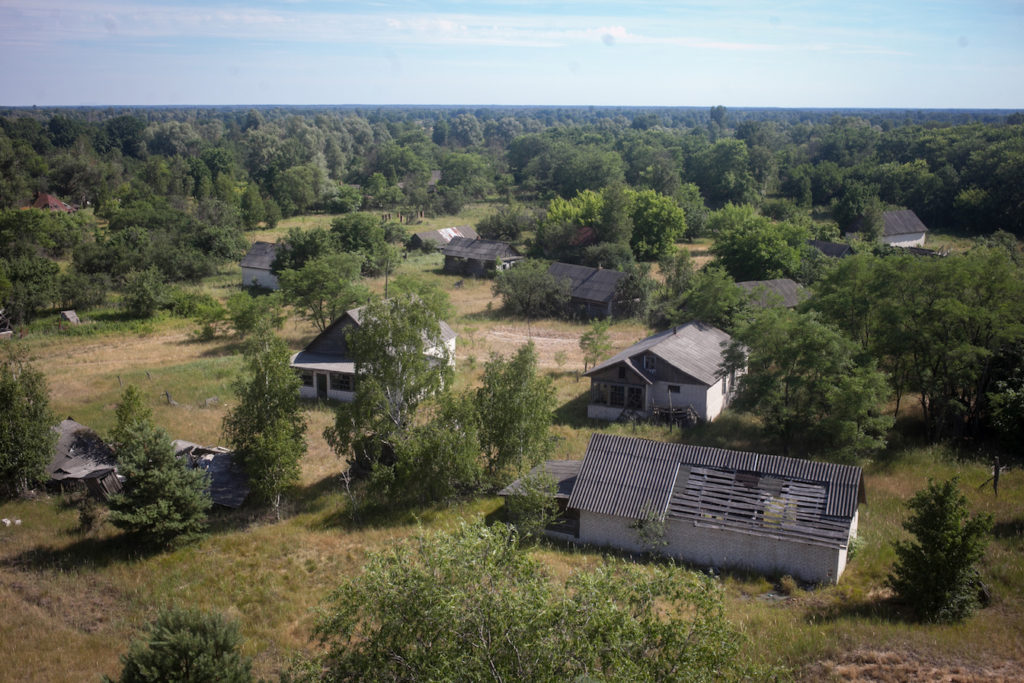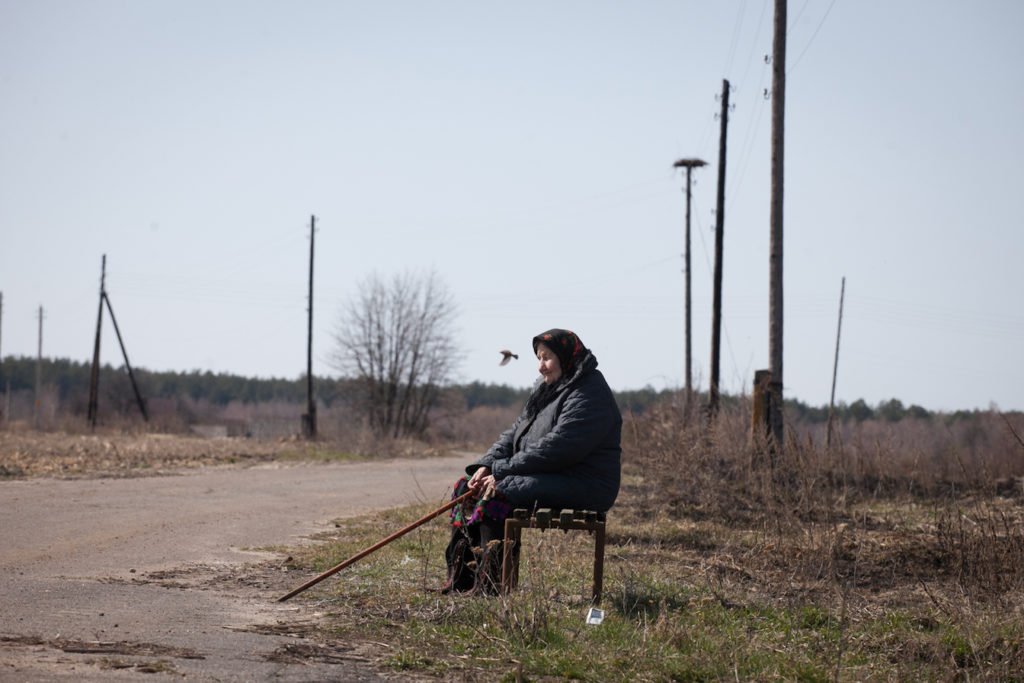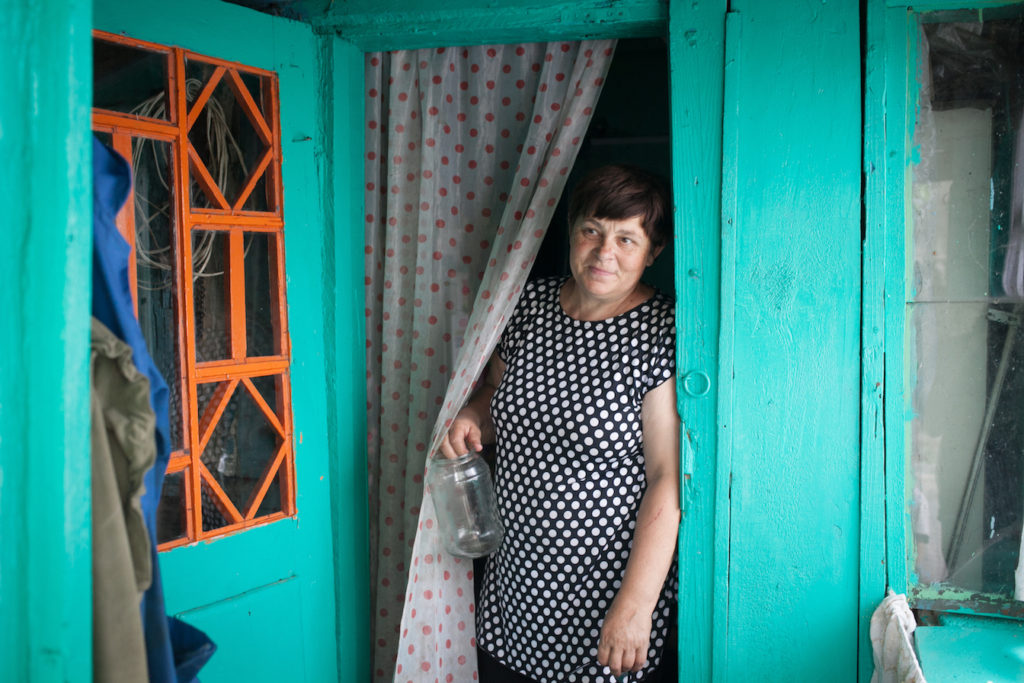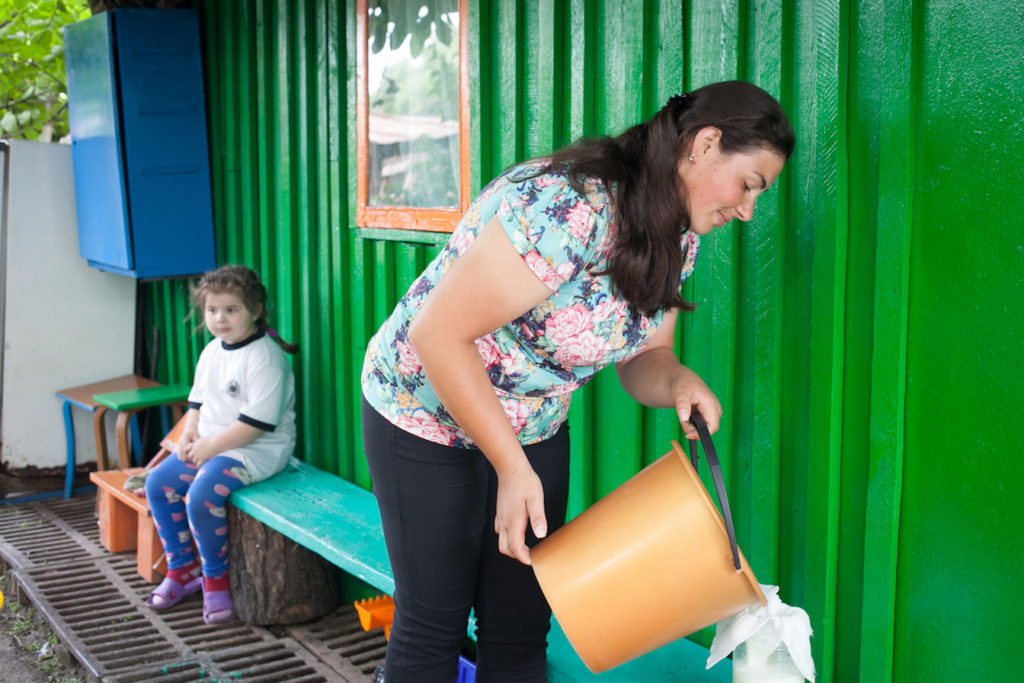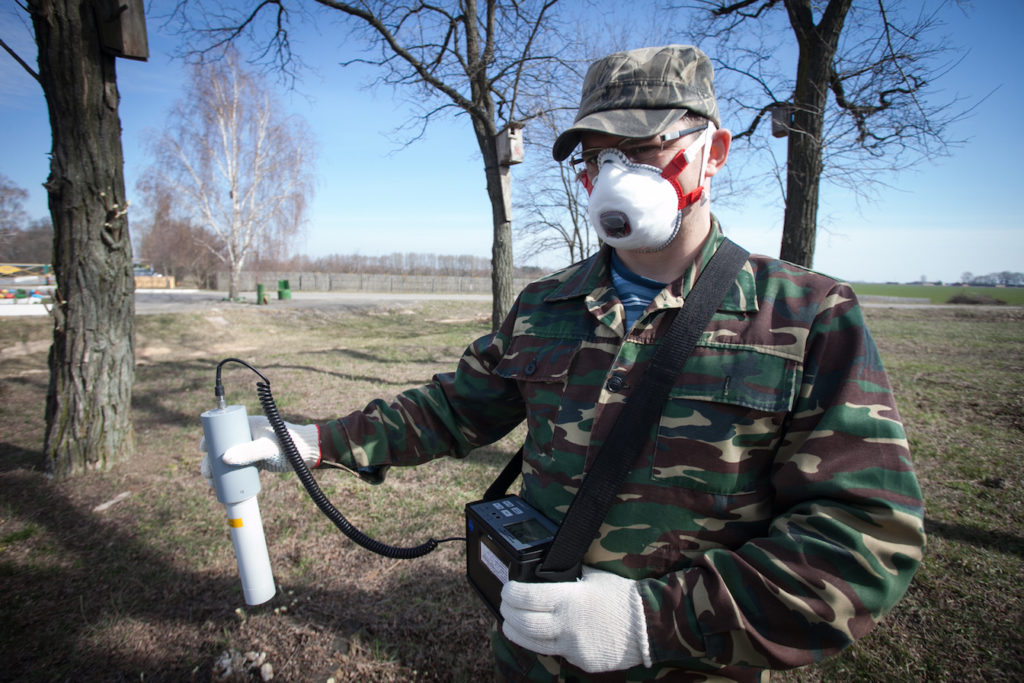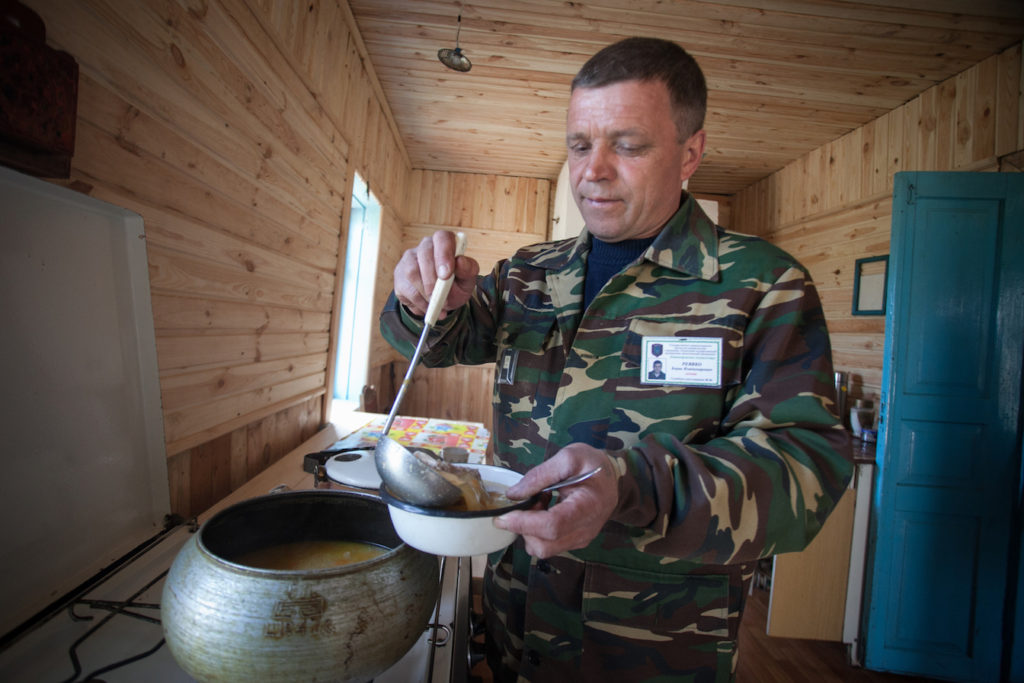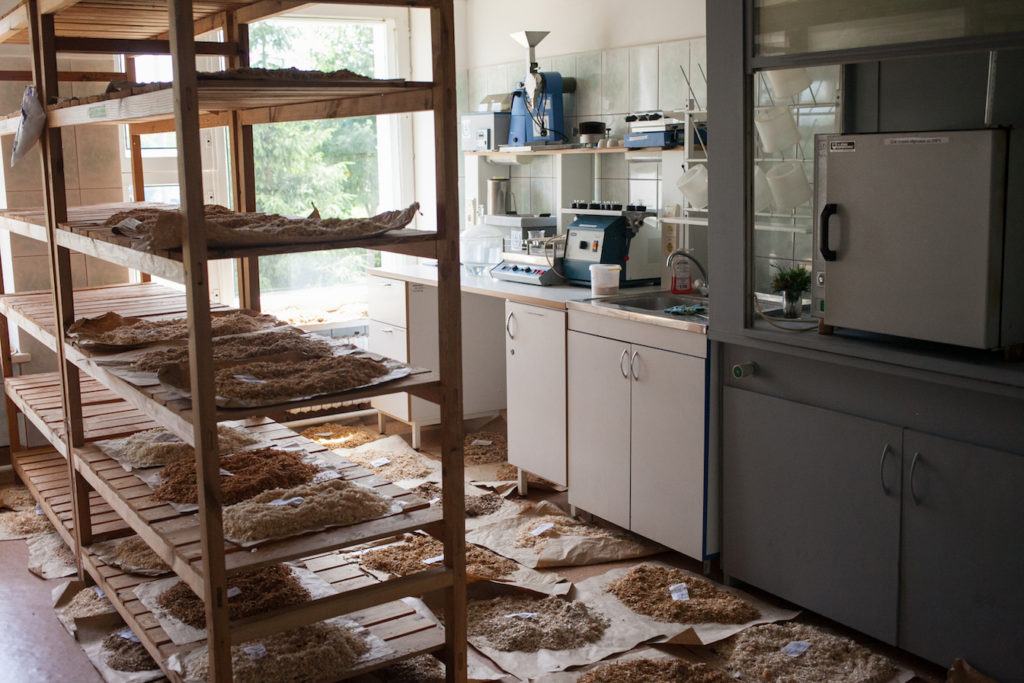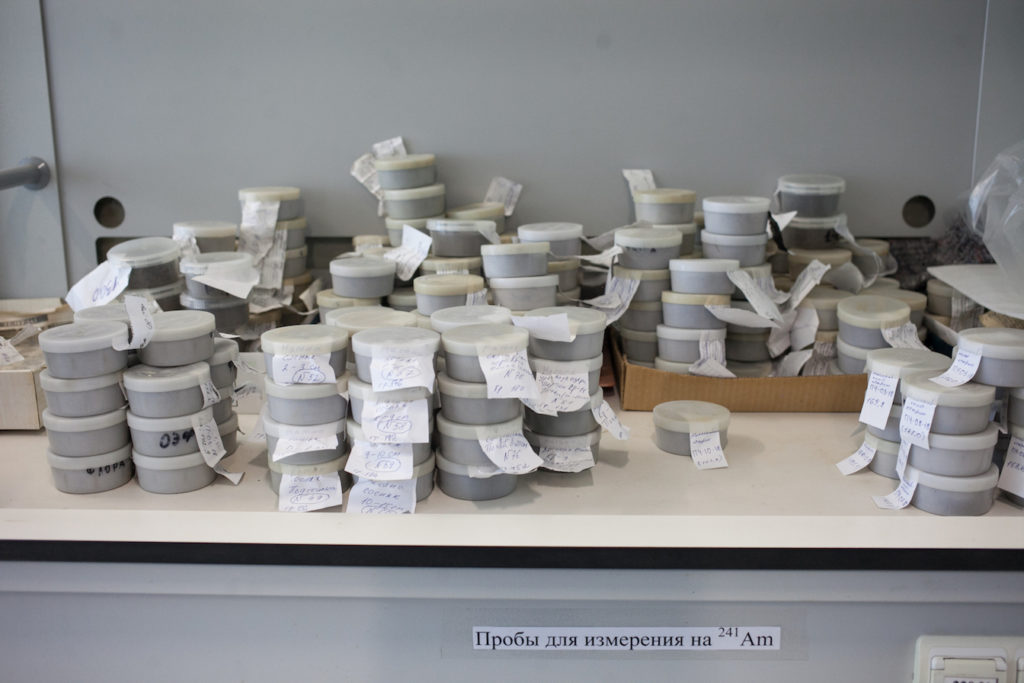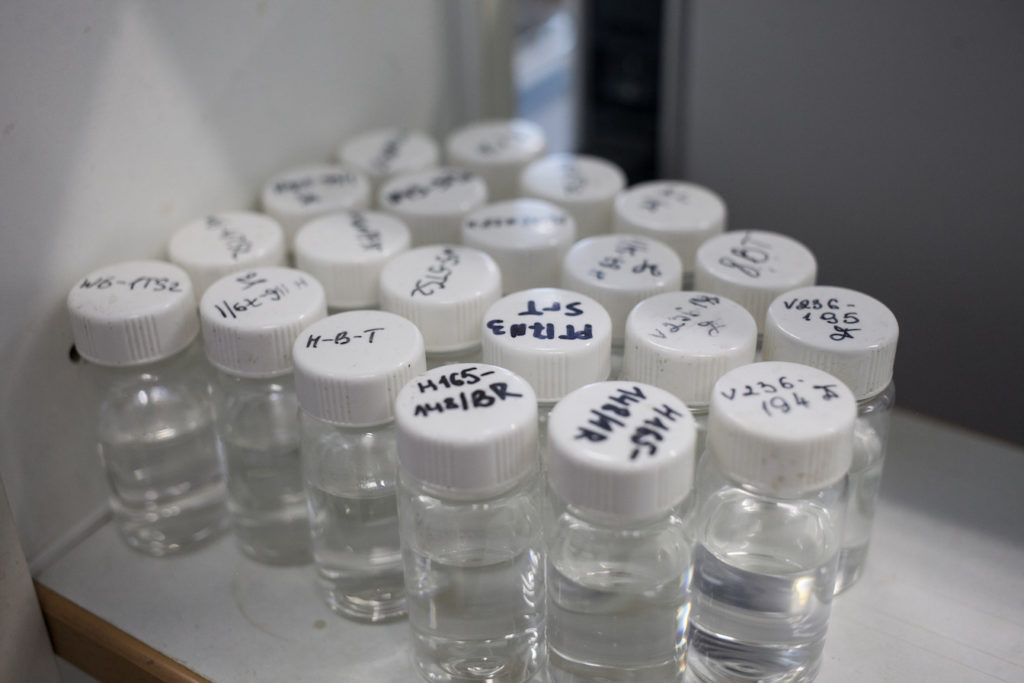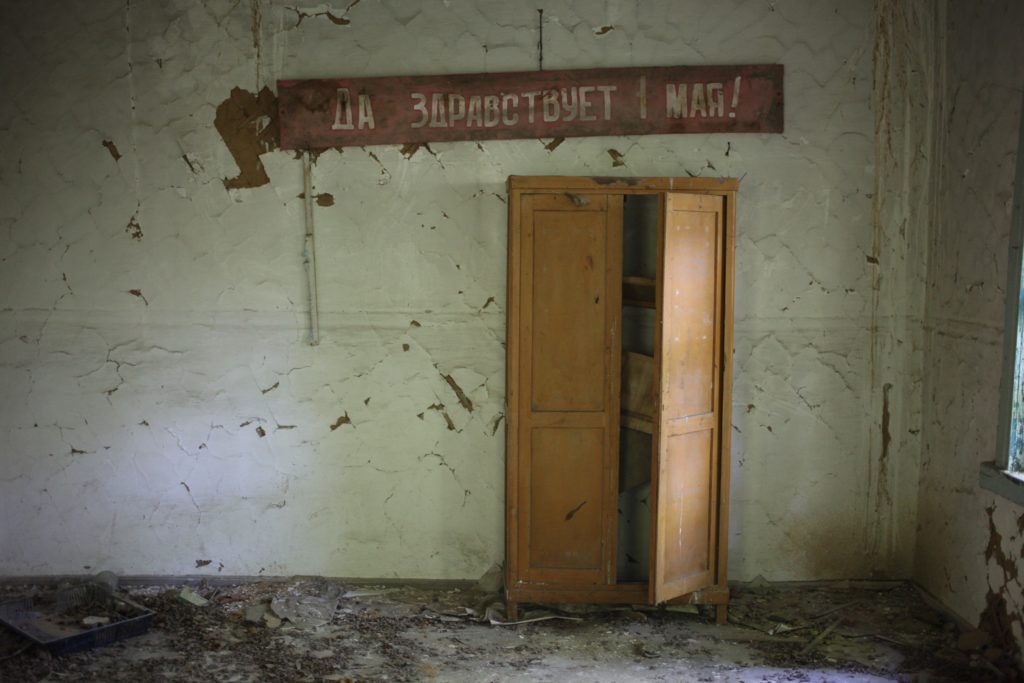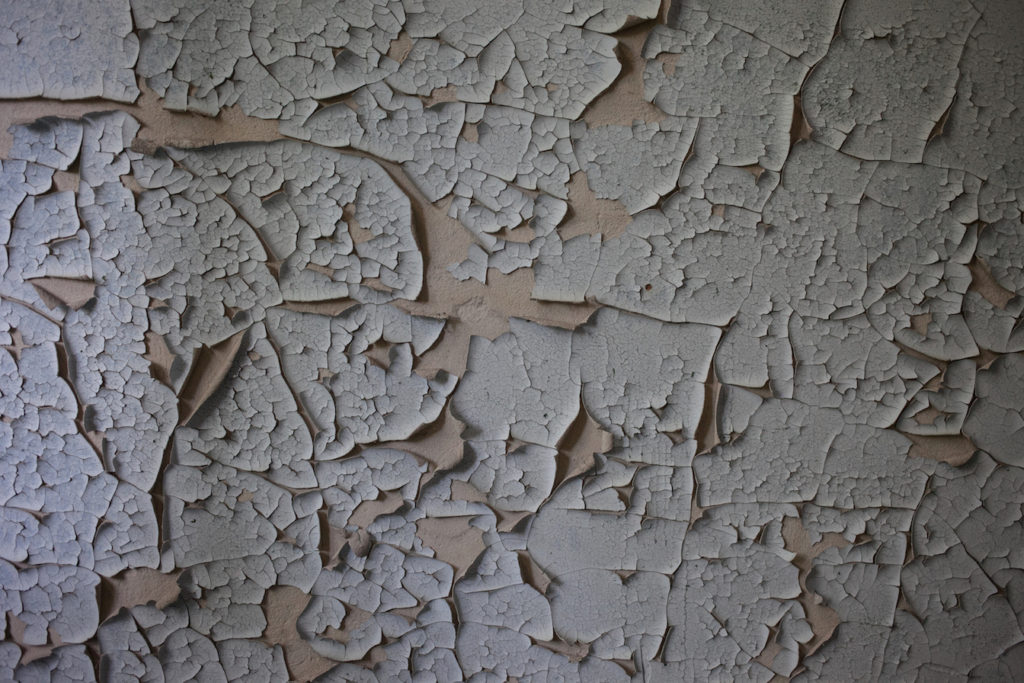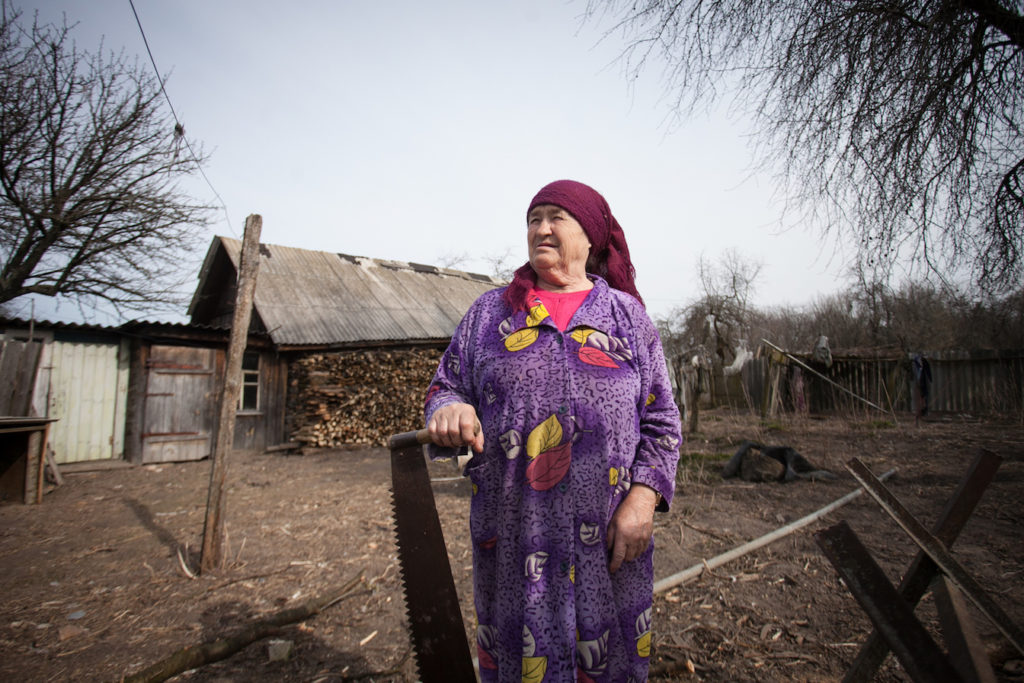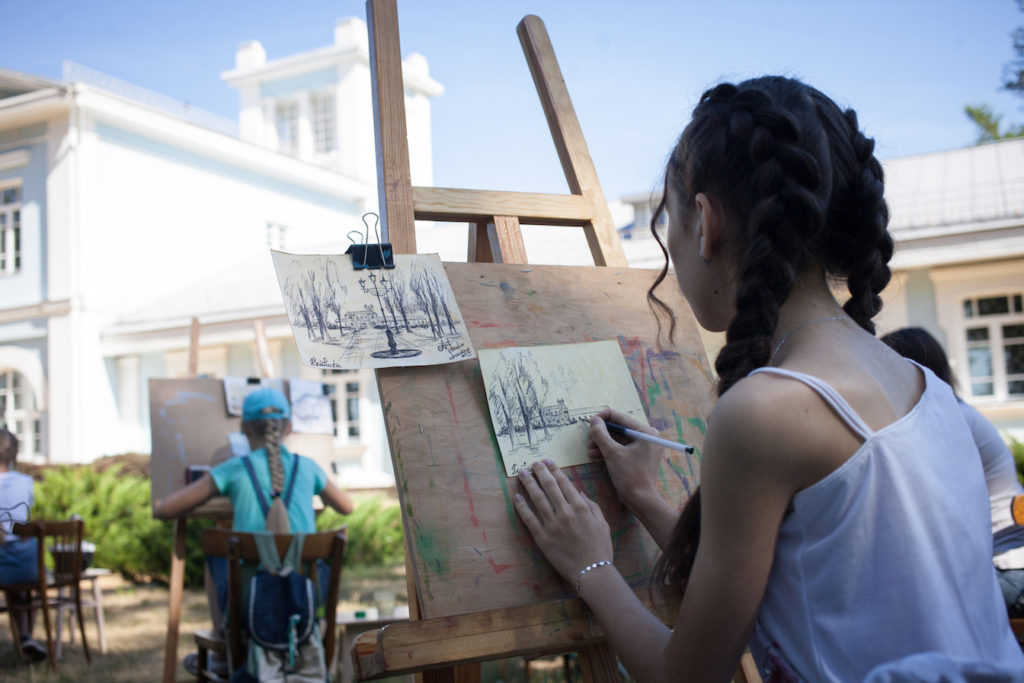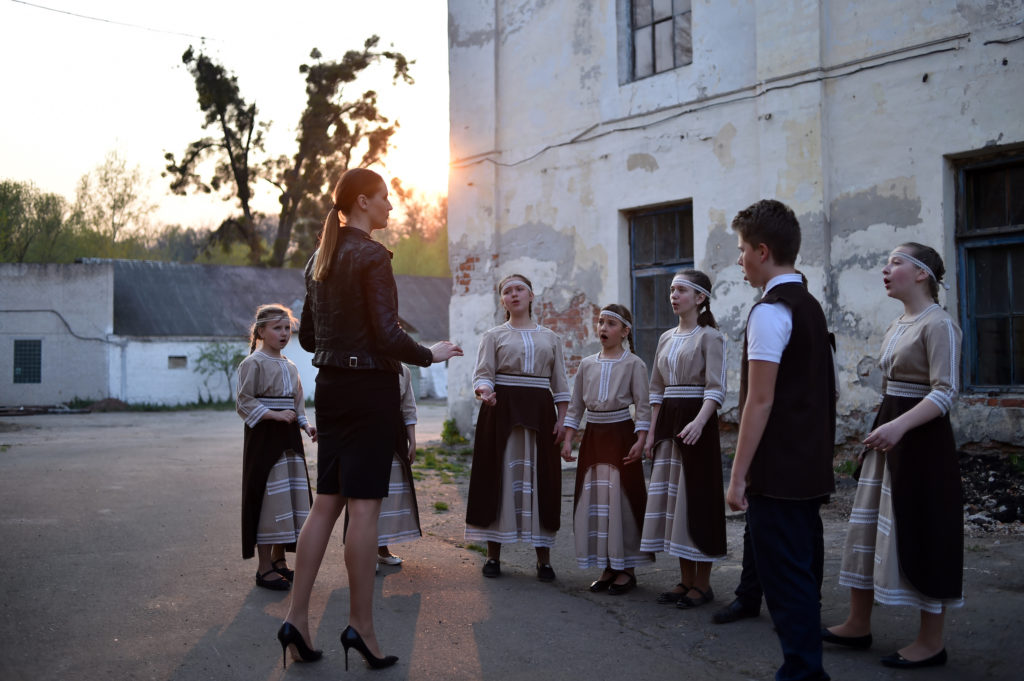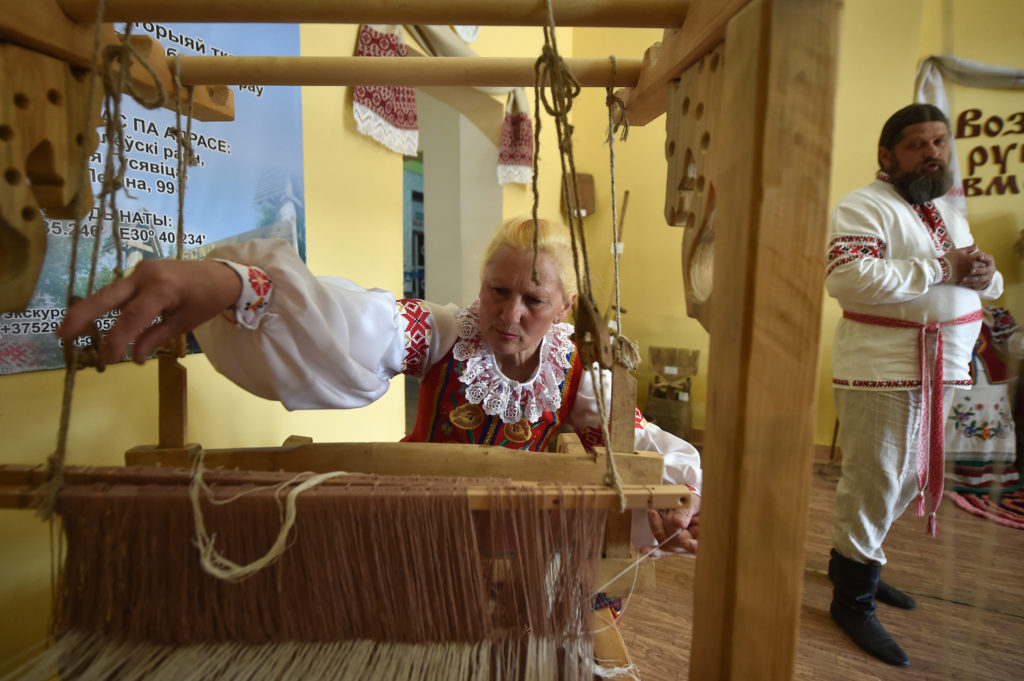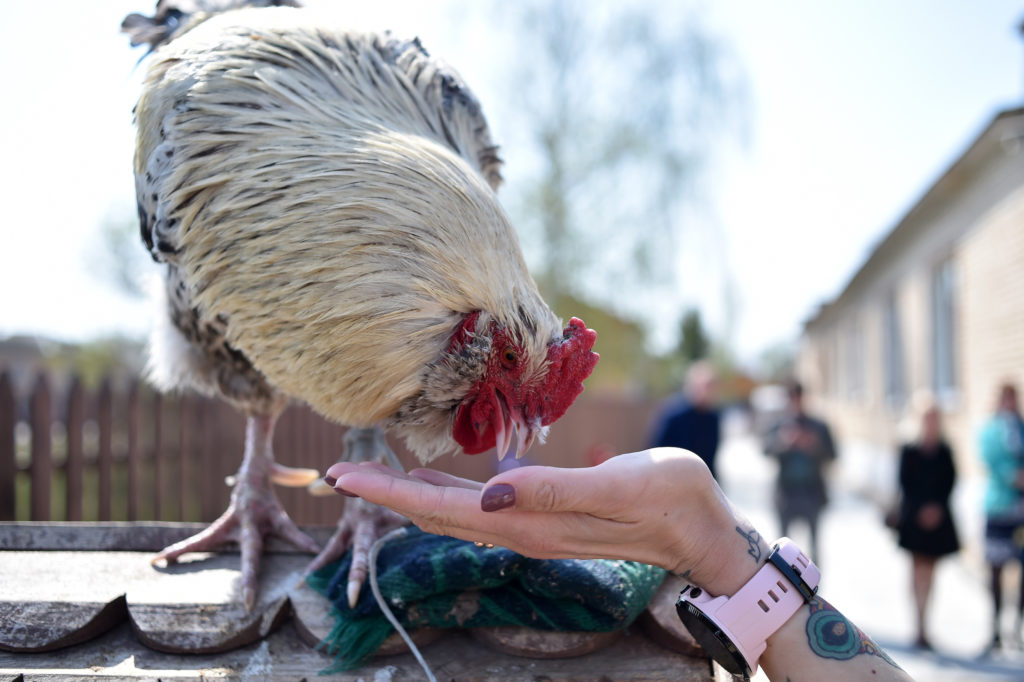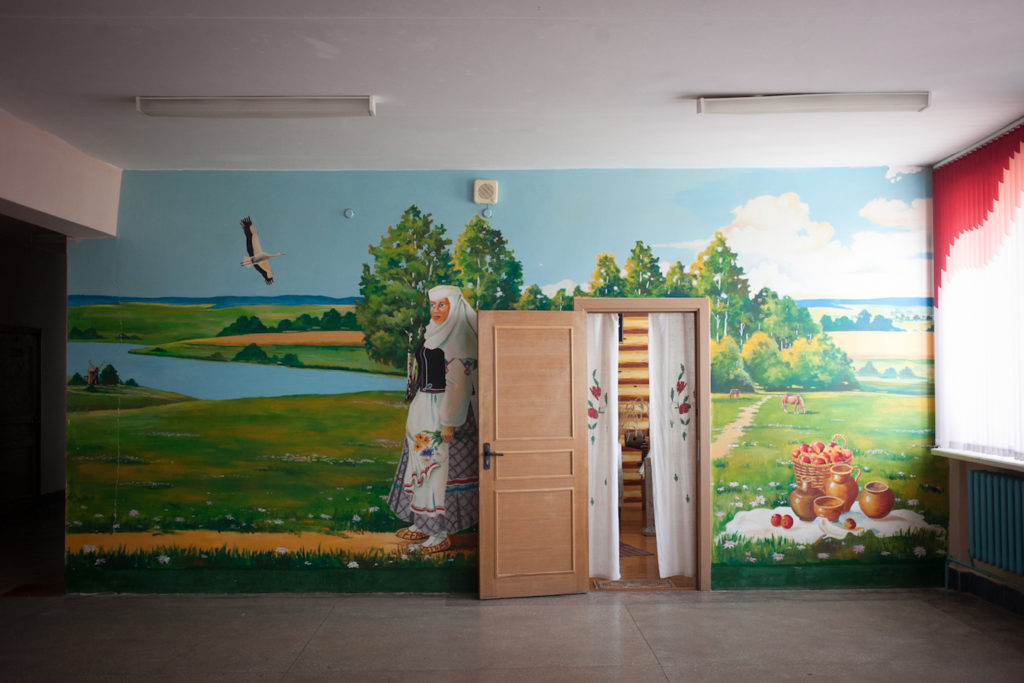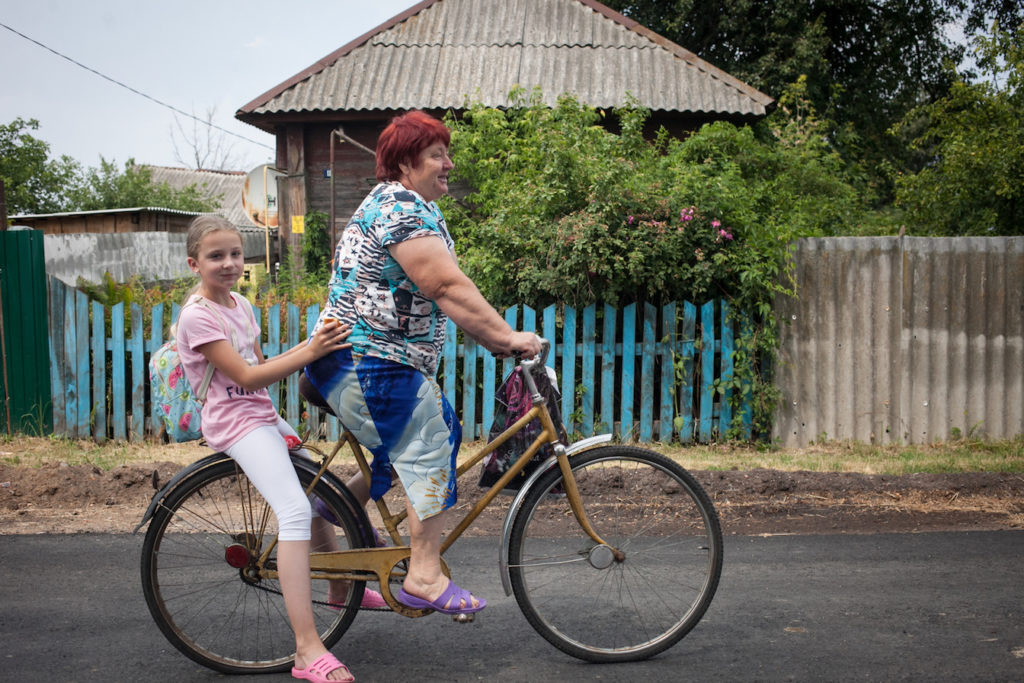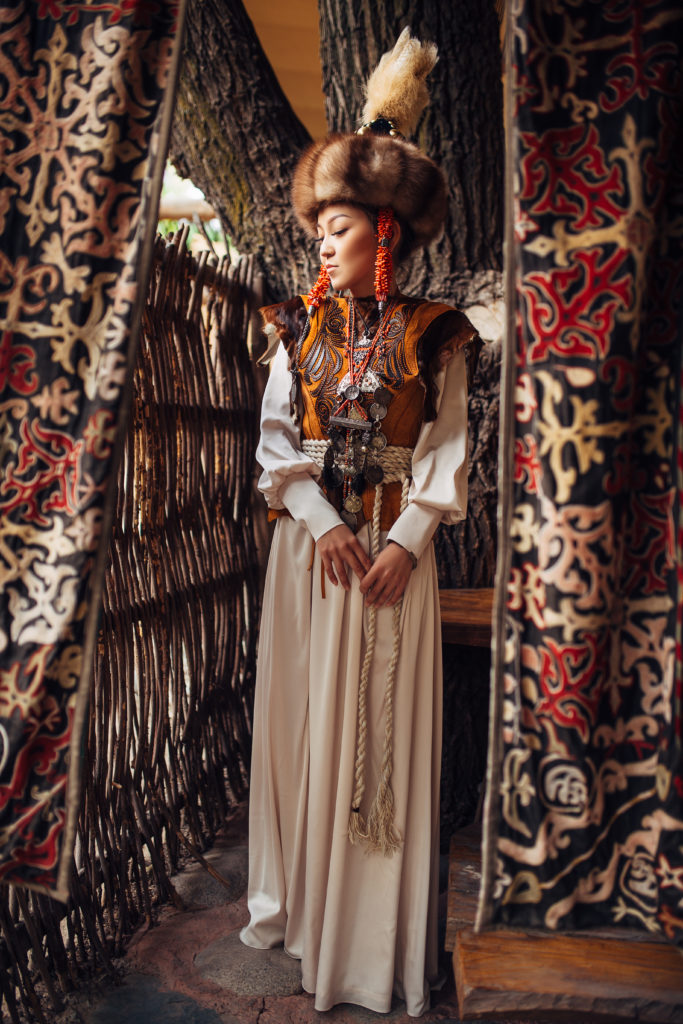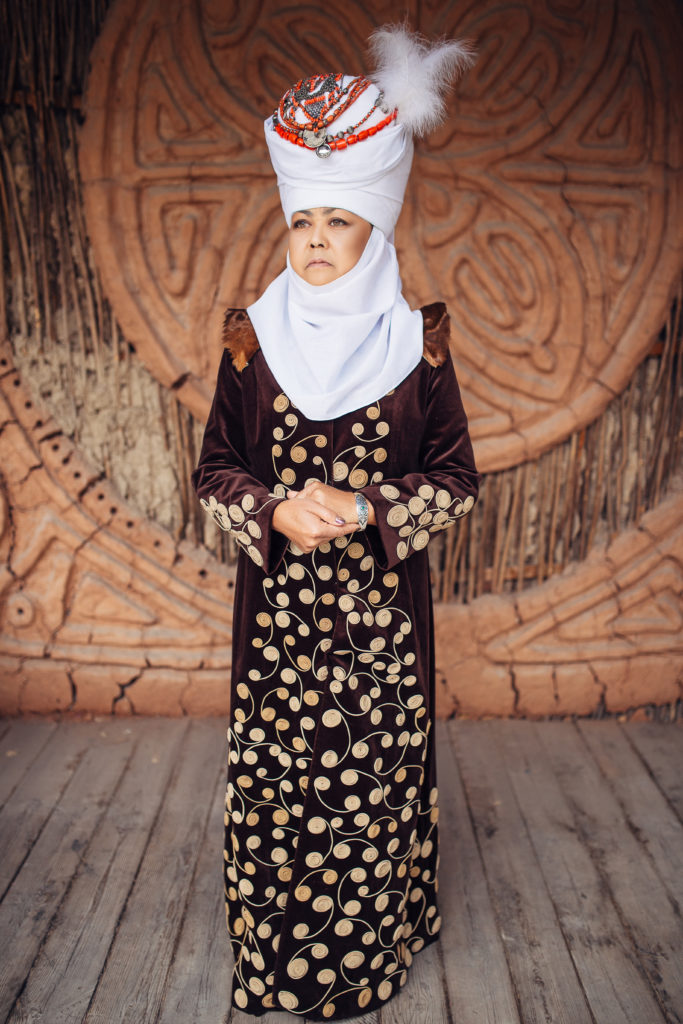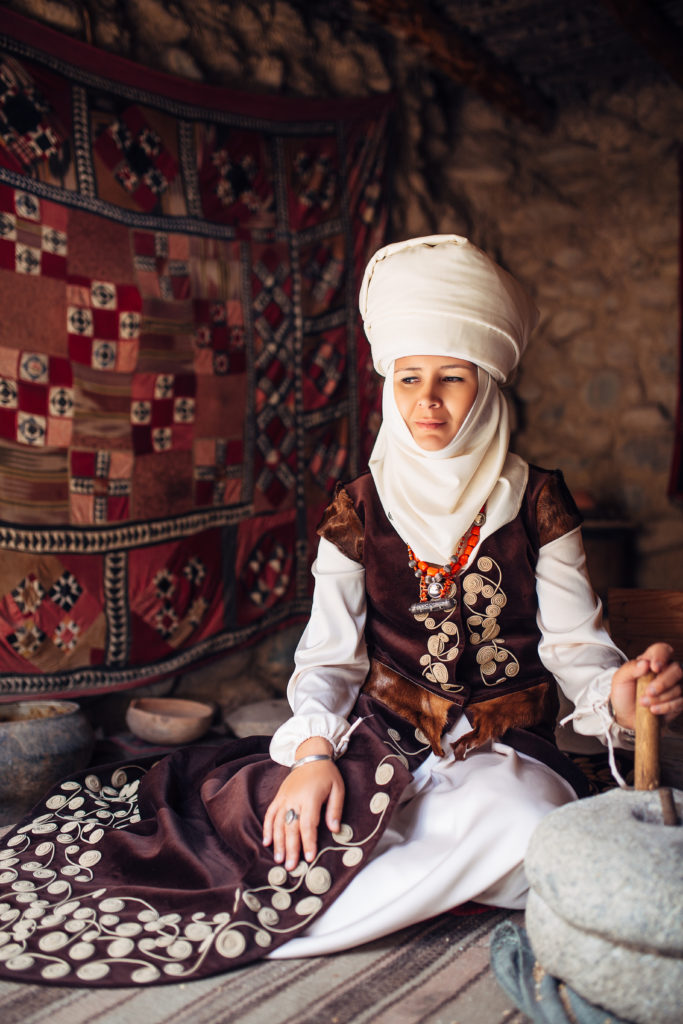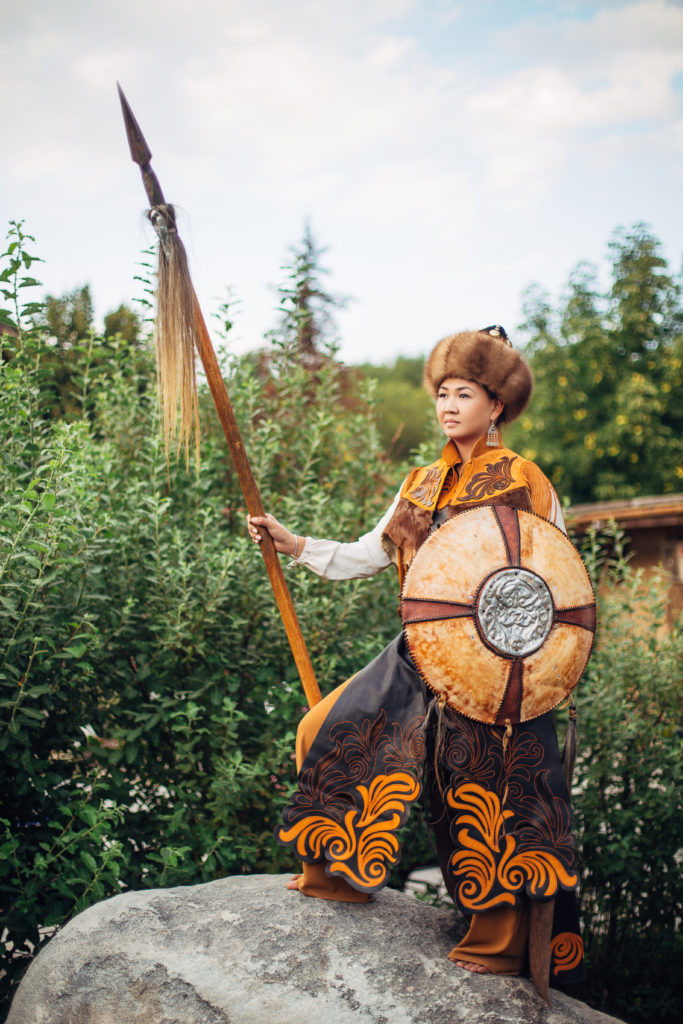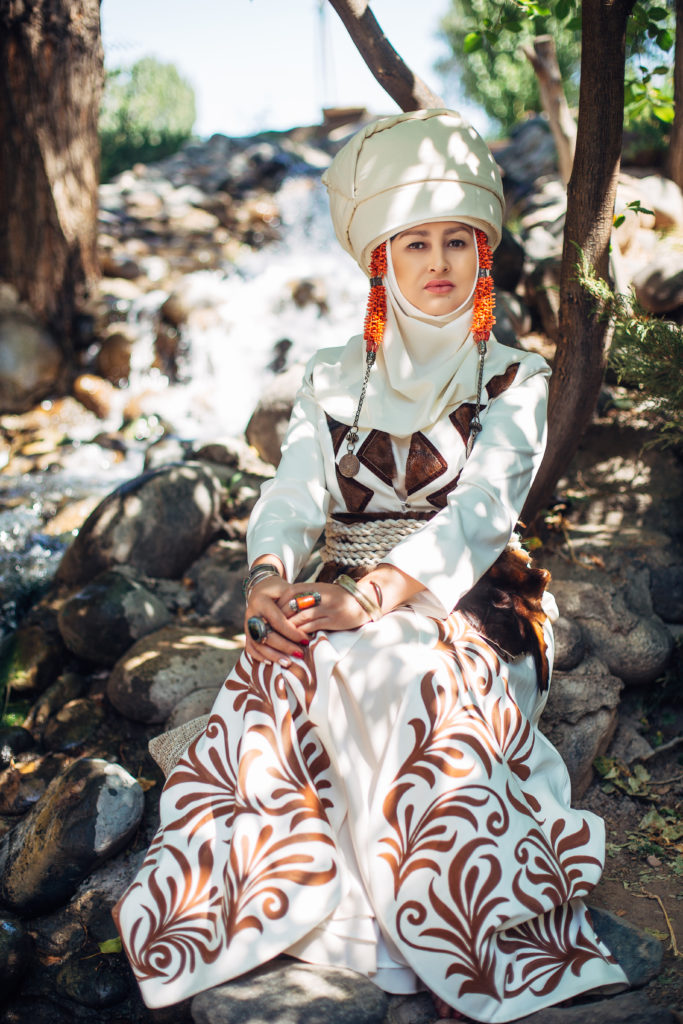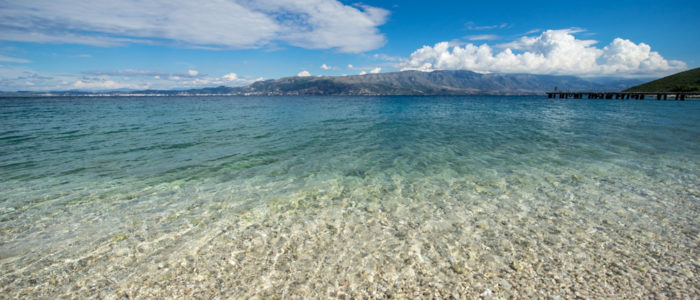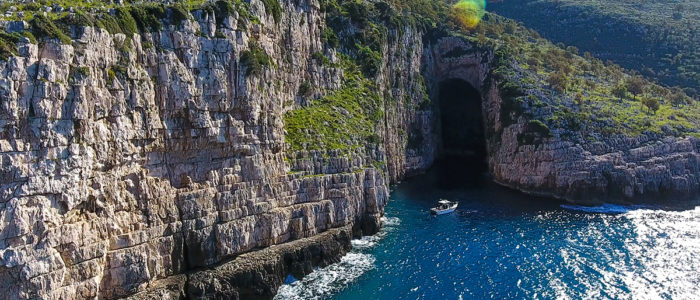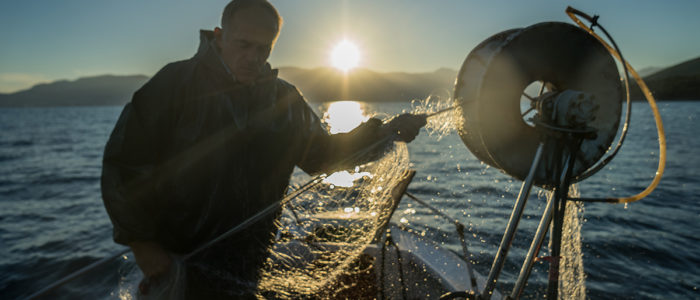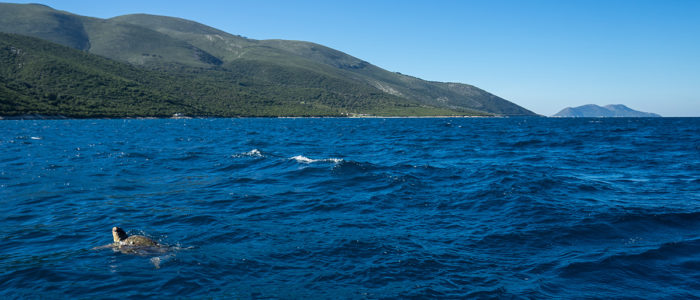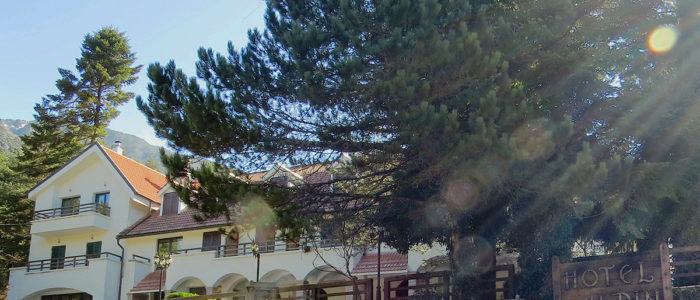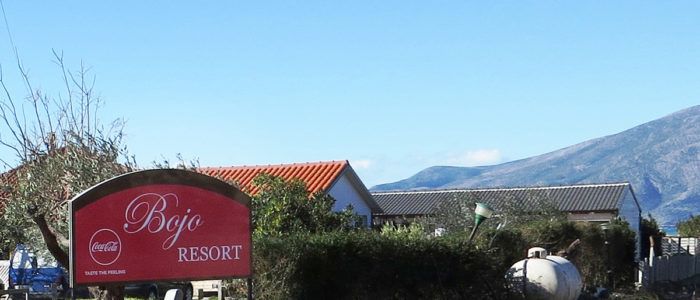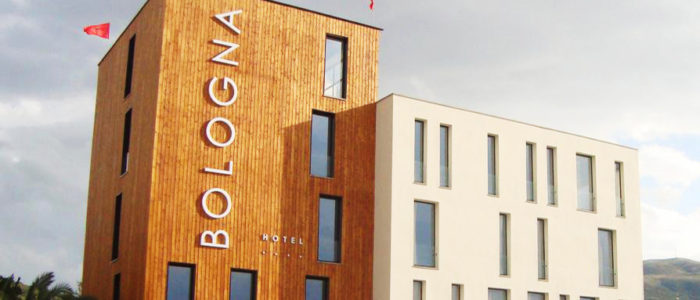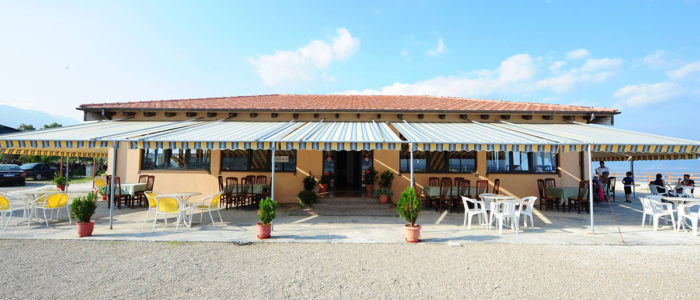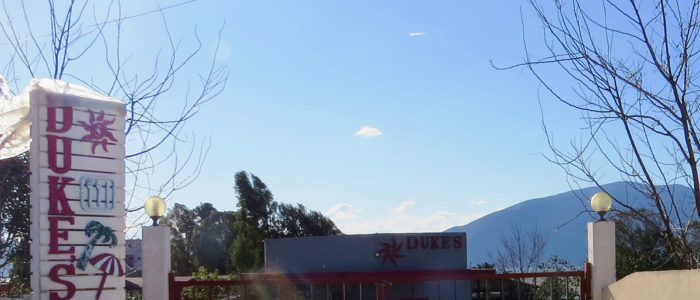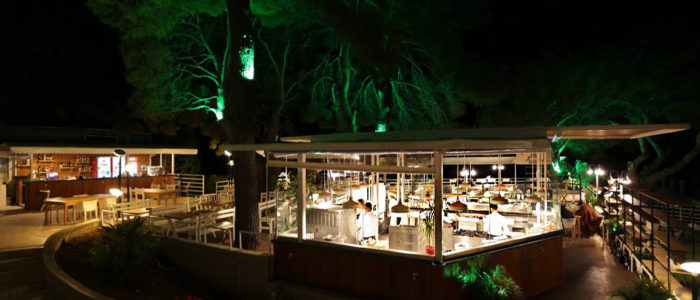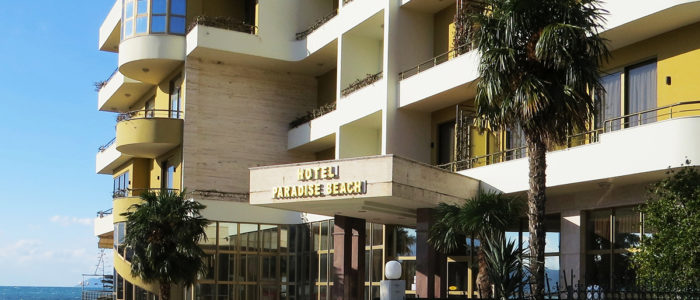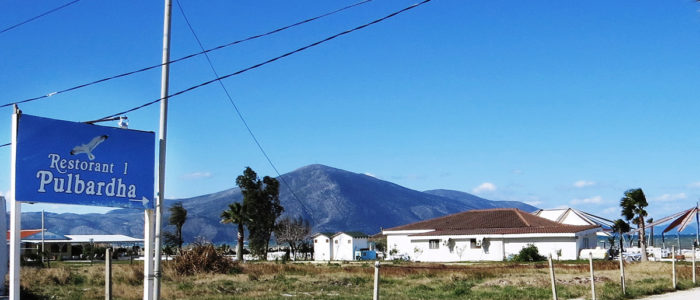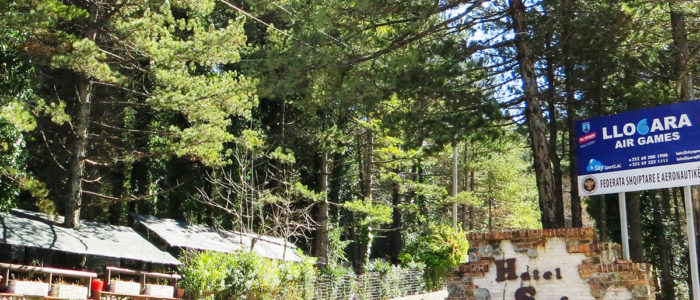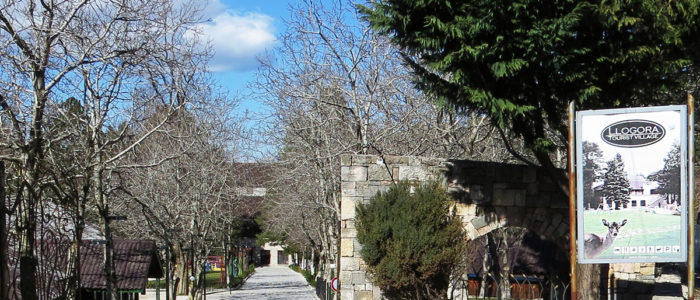Soon after the disaster, the region developed the ethos of a forlorn land not fit for human habitation. 1.8 million hectares of the most fertile arable lands had been contaminated, and if anyone wanted to stay behind it was because they wanted to spend the last years of their lives “where their ancestors are buried.”
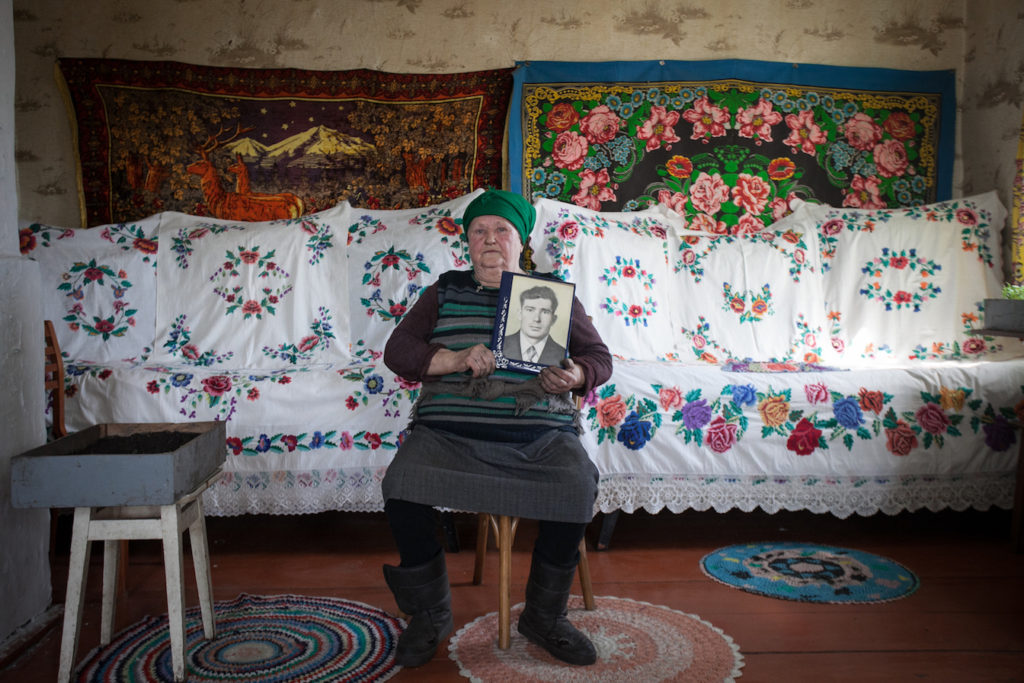
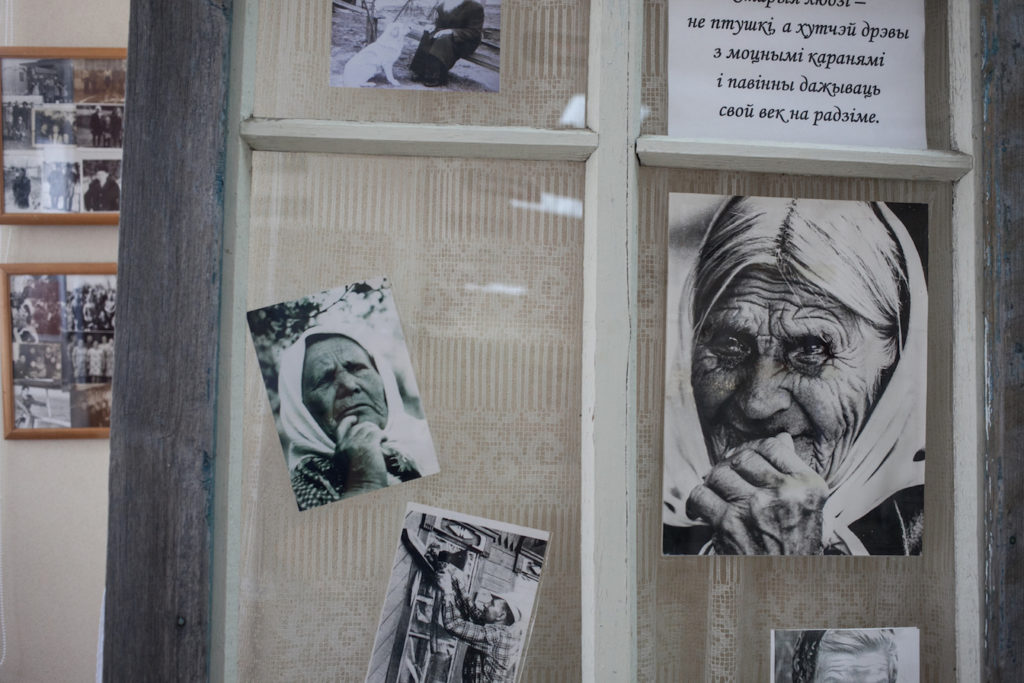
During the evacuation years, many were forced to leave their homes, the most emotional part of the Chernobyl tragedy. 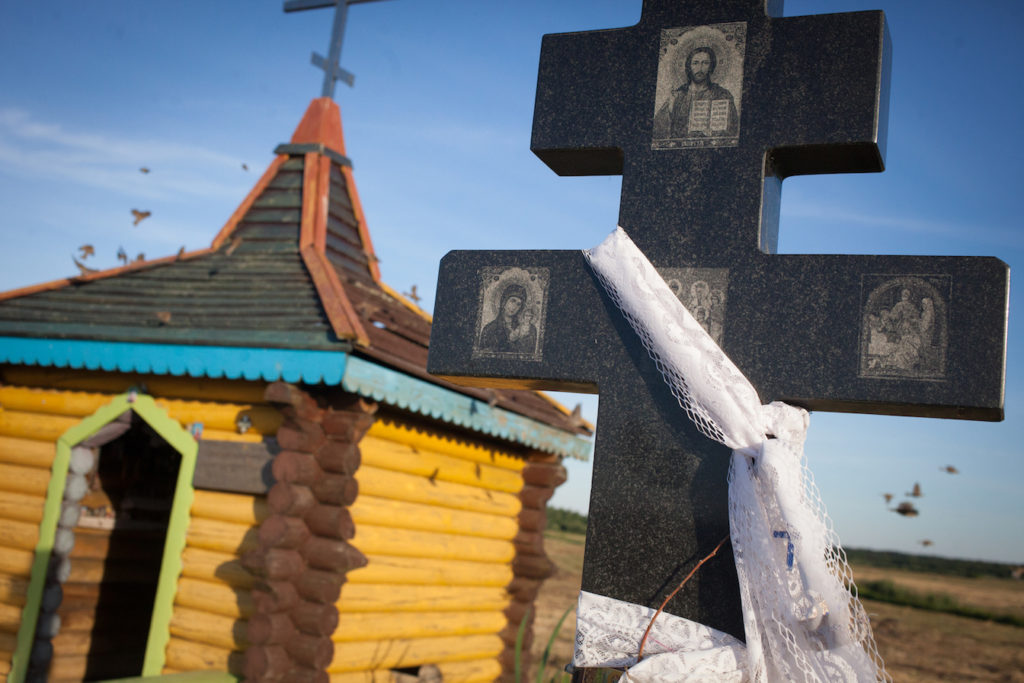
All photos: Siarhiej Leskiec / UNDP Belarus
Maria is one of those people. She continues to live in her village of Navaselki, the last inhabited place at the very edge of the Belarusian part of the exclusion zone, located only 50 km from the reactor. Once home to 1,300 and a thriving collective farm, today only 156 are left, and most villagers are in 70s, 80s and 90s.
Even after her husband passed away in 2001, Maria refused to move away. During winters she goes to her relatives in a neighboring town, but every spring she returns to her native village and works on her land.
Decontamination activities here have helped clean the soil. Villagers grow fruits and vegetables, breed chickens and pigs and are supplied by a mobile shop that comes three times a week. Like others living in affected areas, they undergo regular health screenings. But at their ages, most do not care about radiation levels. They are more frustrated about not being able to cross into the exclusion zone for berries, mushrooms and game like they used to.
Prior to the accident, southeast parts of Belarus were some of the most rapidly developing districts in the country – with booming oil and chemical industries, along with some of the best agriculture in the former Soviet Union, heavy machinery production and tourism. But in the years that followed the catastrophe, agriculture and industry collapsed, exports dropped to almost zero and tourism ceased.
Take Brahin district, once famous for its high delicious butter, regularly exported to the Russian Imperial capital of Saint Petersburg. The local milk and meat industry of the town almost disappeared after local pastures were hit by radiation. Now, more than 30 years later, sisters Tatiana and Elena Simonavy became a part of Brahin’s communal efforts to eliminate stigma and revive the local milk and dairy products farming.
The family has lived in their village for generations, which thankfully didn’t require evacuation. Elena worked in a local collective farm, while Tatiana went to a nearby town for culinary college before returning home with her young daughter to help start their dairy business. They sell their fresh, raw milk to a local dealer but hope to someday go private and produce their own cheese and curd.
The sisters regularly send milk from their cows to be tested for radiation. Laboratory tests confirm that theirs and the districts’ other dairy and agricultural products are safe to eat. Much of this is due to innovative cultivation and decontamination measures put into practice by the government and locals. The contaminated soils were massively treated with calcium which helped lock and remove radioactive cesium in the soil. Radioactive levels decreased, the contaminated layer went deep underground and the upper layers of soil are safe for crops. Many farmers today also use greenhouses for growing greens and vegetables.
More than 12 percent of the population in Belarus currently live in affected territories, and for over three decades these districts have suffered from the stigma associated with possible contamination. For those living in the region, the challenge on their minds is how to provide good living for those who remained and how to keep young people from leaving.
Of course, the main development goal of the area is not just to recover, but to build “a new economy”. The community has found the answer in various avenues – heritage and culture tourism, information and communications technology, green economy, organic farming and restoring ecosystems.
The only people who can enter the exclusion zone today are the Polesie State Radioecological Reserve, foresters and researchers who live and work there in shifts, to diminish the impact of radiation on their health. They govern checkpoints, test materials from the affected areas for radiation levels and conduct research.
The Reserve’s highly-prized scientific community has accumulated unique knowledge on the impact of radiation on wildlife and how nature recovers after a disaster of this type. Some also tend to beehives and work on the reserve’s horse farms and bison feeding grounds. The animal work serves both research (studying the impact of radiation on agriculture) and commercial aims (leading to exports).
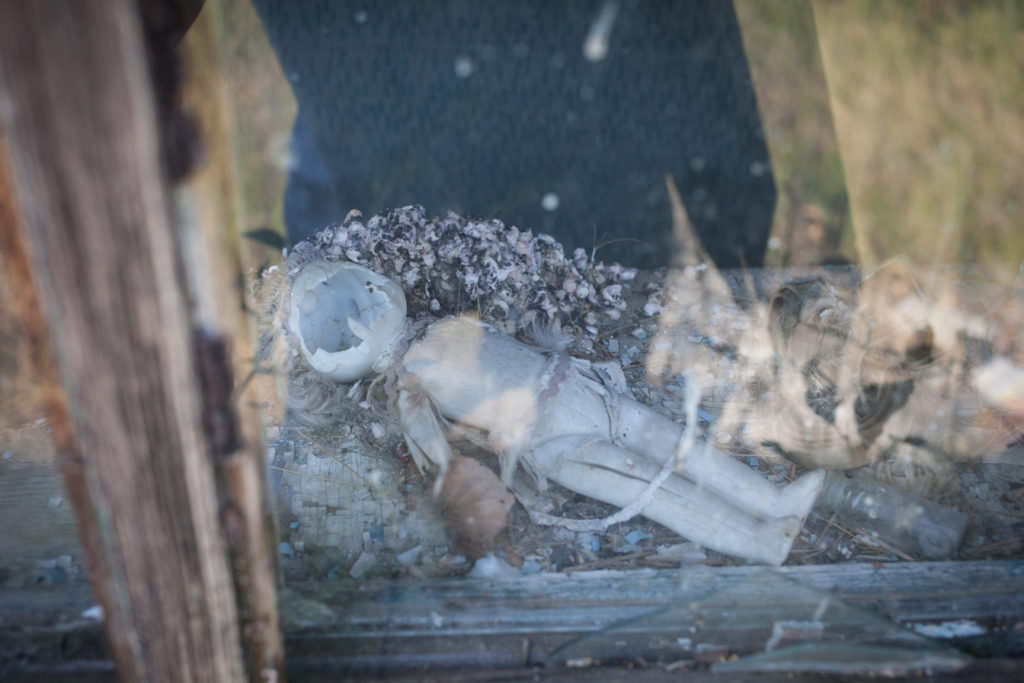
These sites are now included on tourist routes since the Reserve has been opened for visitors. Tourist are transported in 4WDs and short stops are made near the main attraction points – abandoned villages, old buildings, the river bank with half-sunken tugboats and bison feeding grounds. They can also see the incredible amount of wildlife that has flourished in the absence of human development.
Unlike Ukraine, who in 2010 opened Pripyat and Chernobyl towns, as well as its part of the exclusion zone for tourists, Belarus didn’t rush to commercialize its part of the Reserve, but Chernobyl tourism can help earn money, especially after the success of the HBO hit show.
Tourism and agrotourism remain the most attractive option for starting business both for young and old in the affected districts. The folk heritage that has been miraculously preserved within local communities is increasingly popular among young people who see its potential in attracting visitors.
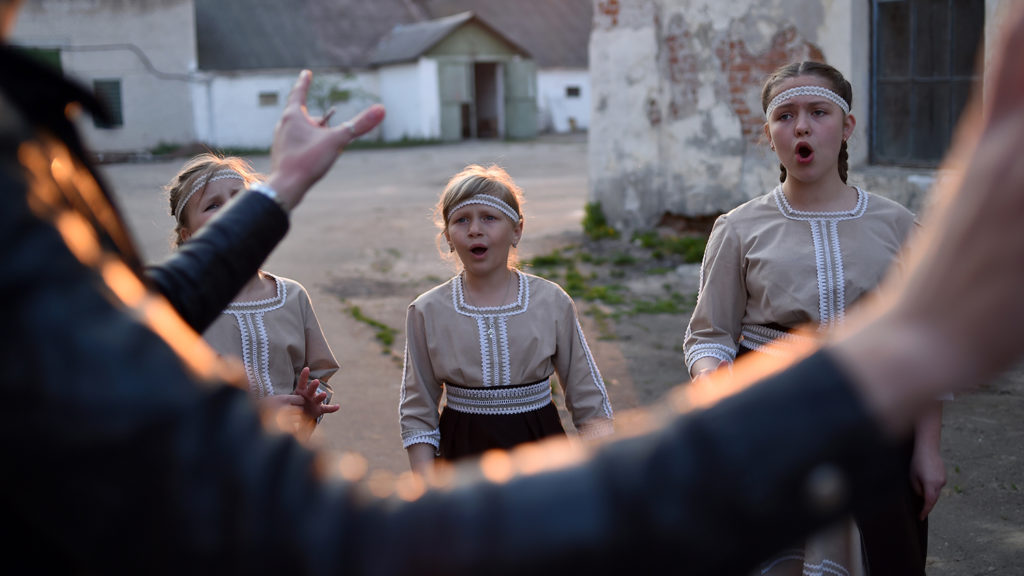
But tourism has to be properly supported, regulated and provide form in terms of infrastructure and services. In November 2018, the country opened part of the Polesie State Radioecological Reserve to managed tourist groups, and is thinking about turning it into an international scientific hub.
In the future, realizing the economic potential of the affected territories will depend upon stronger cooperation with the private sector – which UNDP is attempting to broker through social impact investment.
Since the beginning of the decade there has been a considerable increase in economic activity — 37,000 small- and medium-sized businesses now operate in the areas directly affected by the disaster, up from only 2,375 in 2002.
Hopefully, these opportunities will bring young people back to these districts.
But many locals already see the shift as a signal to the rest of the country that they are still alive and kicking.
UNDP Belarus, with EU support and in close cooperation with local authorities, has been leading a transition from emergency relief and humanitarian assistance to capacity-building and sustainable development. By providing support to more than 200 initiatives, UNDP and partners help local communities get back on their feet and start taking on the challenges of today and tomorrow.
Photos: Siarhiej Leskiec / UNDP Belarus
]]>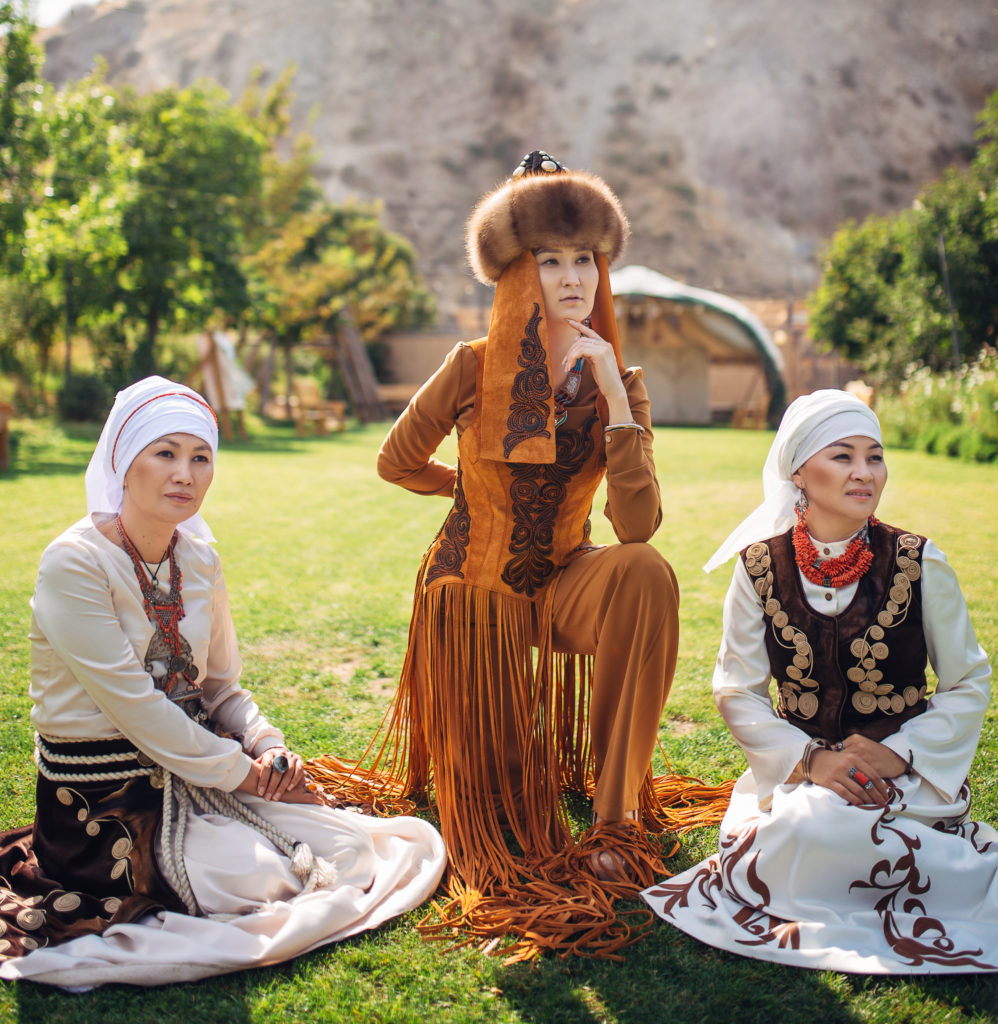
Five years ago Elzat was grabbed off a Kyrgyzstan street by a group of men wanting to marry her to an uninvited suitor. She was only 19.
“I felt as if I was an animal,” she recalls. “I couldn’t move or do anything at all.”
Elzat was taken to the groom’s home in the rural Issyk Kul region, where she was dressed in white for an impending ceremony.
She spent hours pleading with the groom’s family — and her own — to stop the forced marriage.
“My grandmother is very traditional. She thought it would bring shame to our family if I did not marry him and tried convincing me to stay.”
However, her mother understood that her daughter was a victim of a crime and threatened to call the police. Because of her action, the groom’s family finally let Elzat go. She escaped the attempted forced marriage because of her own, and her mother’s courage and understanding of Kyrgyzstan’s legal system.
Today, as Elzat proudly walks down a catwalk under the spotlights, her nightmare experience is behind her.
Elzat is part of a fashion show to raise awareness against bride kidnappings. “I hope the fashion show, depicting historical women figures, will help to bring the taboo subject to the fore,” she explains.
Her courageous example is important for other women, because despite the crime being outlawed in Kyrgyzstan in 2013 and punishable by up to 10 years in prison, thousands of women continue to be abducted and forced to marry each year, particularly in rural regions.
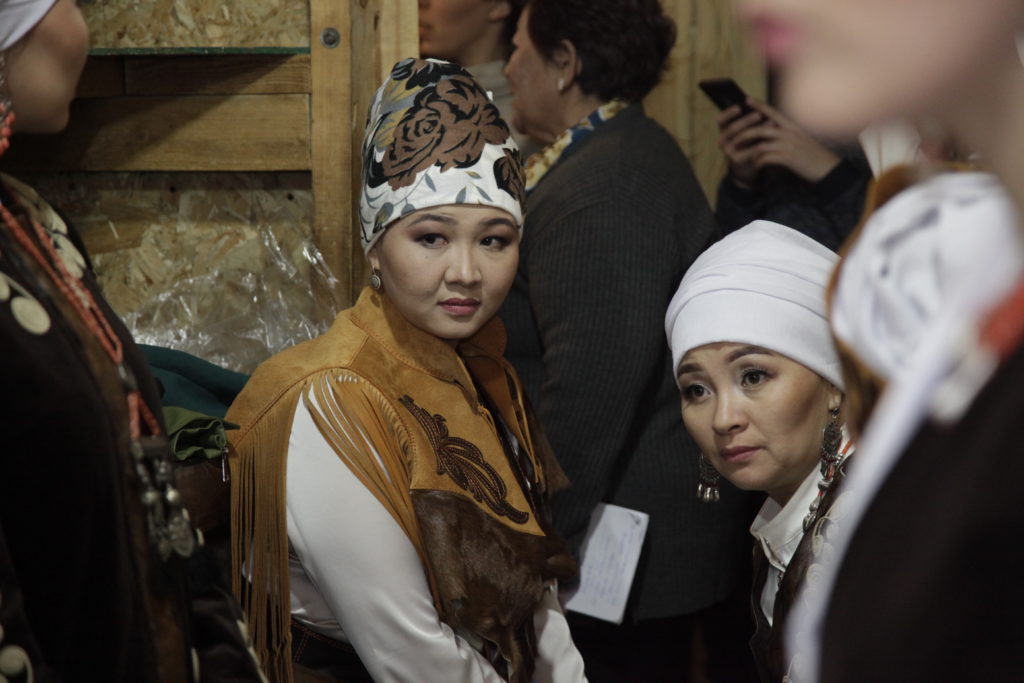
Photos: Thomson Reuters Foundation/Shanshan Chen
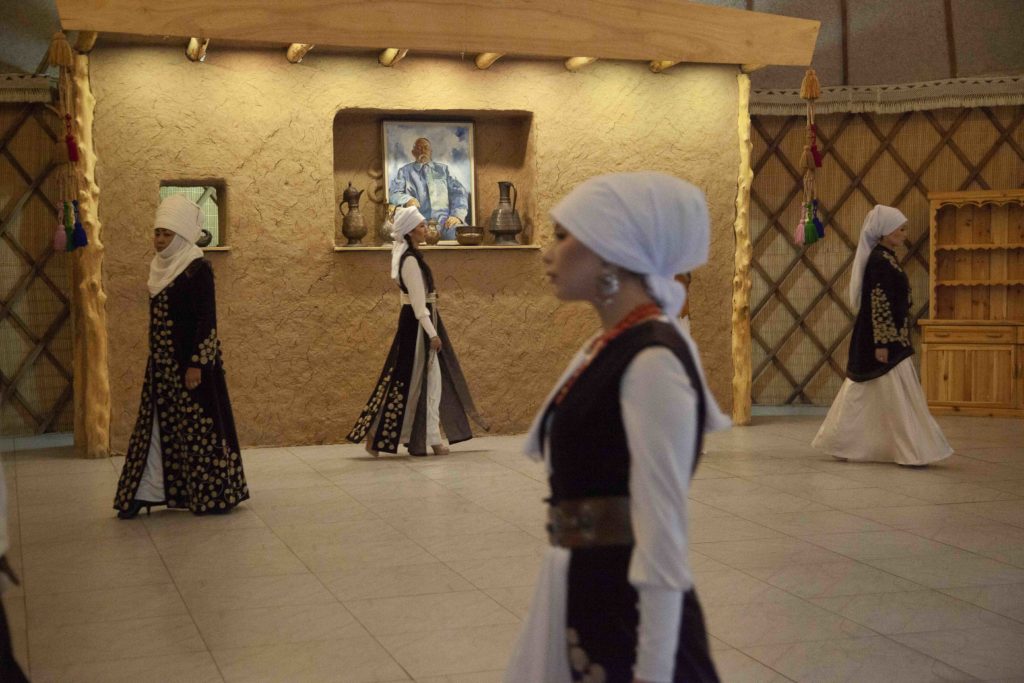
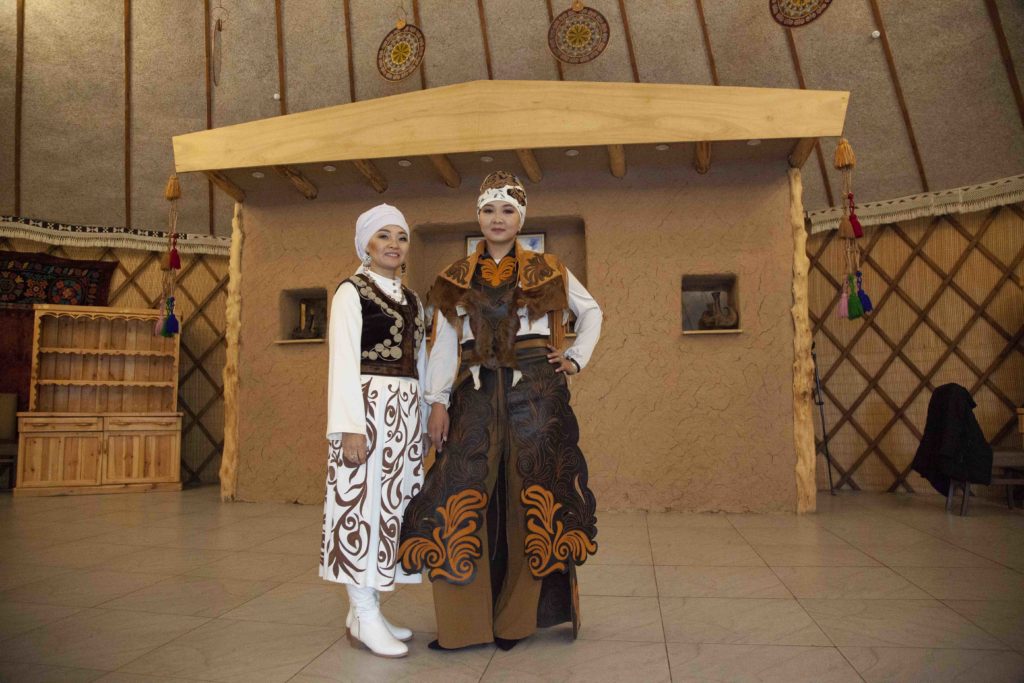
A
Women activists have brought increased attention to the persistent violation in the recent years. In 2018, “kidnapped bride” Burulai Turdaaly Kyzy, 20, was locked in the same police cell as the man who abducted her — where he stabbed her to death. The story sparked national outrage and protests, with many campaigners insisting that “more severe sentences are often issued for kidnapping livestock” than women.
Fashion designer Zamira Moldosheva is part of a rising public movement against “bride kidnapping.”
“Can’t we women do something against the violence taking place in our country?” Zamira asked herself. Her answer was to organize a fashion show featuring only women who had been abused or kidnapped, dressed as historical Kyrgyz women, because supporters of bride kidnapping often cite tradition as an argument to justify the illegal act.
“Bride kidnapping is not our tradition,” Zamira explains with passion, adding, “‘bride kidnapping’ has always been a form of forced marriage, and not a traditional practice.”
Elzat, one of 12 models in the fashion show, said she was glad to participate in the event last October to highlight her painful experience, encourage women to resist and flee forced marriages, and support each other to do so.
“Women nowadays are characters of new fairy tales and examples for others,” she explained, dressed as a woman freedom fighter from ancient Kyrgyzstan.
“This is how I’m fighting for women’s rights.”
“For me, participating in this project has seriously impacted my life,” another model said. “I participated in the show portraying the image of Kurmanzhan Datka, the Alai Queen. When I put on the suit of such a strong and brave woman, I had the most unforgettable feeling of pride and strength. I felt that I have the power to change my life every day.”
Data is scant on the number of women abducted each year, as many women did not report the crime through fear of the stigma it brings to them and their family. An estimated 14 percent of women under 24 are still married through some form of coercion.
“Most cases do not make it to court, as women are often forced to retract their statements, often under pressure from other family members, fearing public shaming for not complying with the family wishes or no longer being ‘a virgin’,” Umutai Dauletova, gender coordinator at UNDP in Kyrgyzstan, explains.
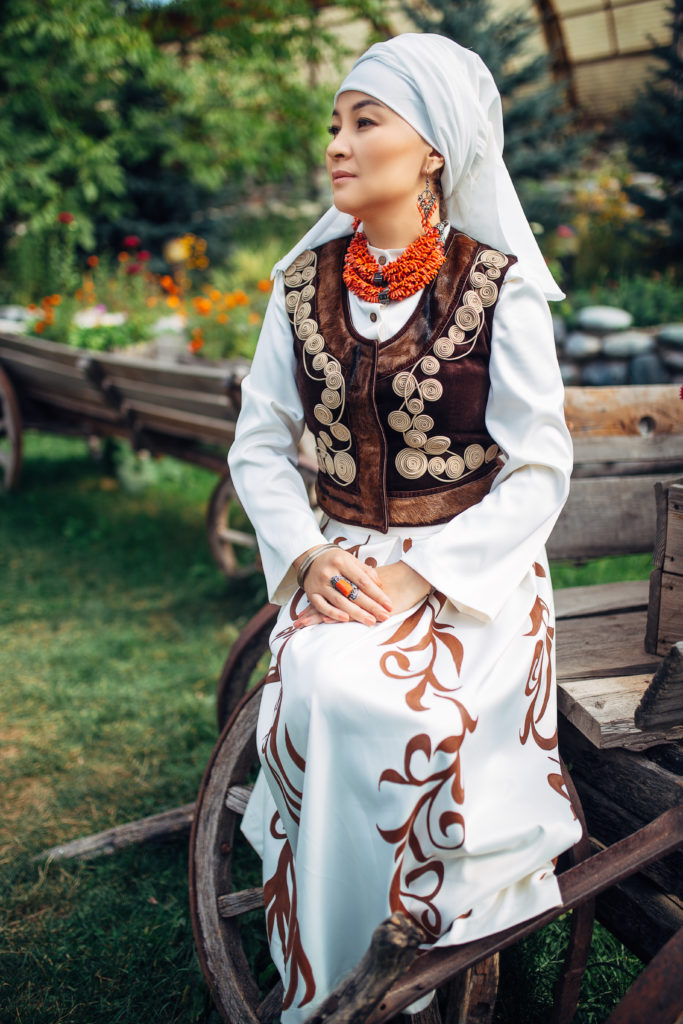
The fashion show is not only breaking taboos. It has also given women survivors the permission to dream. “I feel more self-assured after participating in the project,” a woman modeling the famous heroine Karlygach said. “All these rehearsals and our conversations with other models taught me to love myself and take care of myself and my loved ones.”
“My faith and my strength returned to me,” she continued. “Now I am working on realizing my dream to open a small day-care center for children, so other mothers like me can work without worrying about their children.”
This story was adapted from a piece published by the Reuters Foundation, produced in partnership with UNDP.

Zarina had separated from her husband nine months ago. Not working, she and her five-year-old daughter moved to her parents’ house.
“I was hoping that my marriage would resume…I worried if I file for alimony, then my husband would never come back home.”
She worried about being a burden on her parents, and the future of her daughter. “My current financial situation was not that good. I needed pay for kindergarten and to purchase my daughter’s food and clothing, so I filed for alimony,” she says.

Emotionally, it was hard enough to separate, but the prospect of a long legal process made it even scarier.
Zarina wasn’t alone in her predicament. In western Uzbekistan, getting justice can be challenging, especially when it comes to the personal nature of family law. Many who apply for divorce or alimony have to travel frequently to the courthouse – sometimes dozens of kilometers away – just to submit documents.
Time off work and money required for travel can be especially hard on single mothers, not to mention the public shame they often feel at the courthouse.

But things took a painless turn when Zarina was given a chance to file her papers online, thanks to Uzbekistan’s legal reforms and adoption of new technology.

“I was surprised, because I had heard from others that I would have to go through all the frustrating steps on my own,” says Zarina. “Instead of long meetings with court employees or judges, dealing with vast quantities of paperwork, I easily submitted my case online.”
She is now waiting for a court date, helped by her lawyer Xumora Begmuzodovna.

Xumora, who specializes in matrimonial disputes, wants the best for Zarina and others like her. The initial filing is now free and easy, so she has been able to attract new clients.
Xumora is not the first lawyer in her family. She shares a practice with her mother. When her mother first applied to study law, the school told her a farmer’s daughter couldn’t be a lawyer, but her father insisted she could.
When Xumora applied, her mother also tried to dissuade her, but this time Xumora insisted.
“If you have a degree, you’ll still be independent even if you’re married,” Xumora explained.
Xumora has seen how women’s circumstances are affected by their husbands. Many women file for divorce, and thanks to the new system, the status of their cases is easily checked.

Young women dance at a wedding in Tashkent. 
A woman sells cheese at a Tashkent market.

Young women gather at a public fun day. 
People buy vegetables at a market.
That transparency is a blessing for many of them, and crucial in a country working to establish a foundation of good governance.
The system is helping prevent corruption as cases are allocated blindly to lawyers, eliminating unwanted influences and unreasonable delays. It also generates templates of court decisions so judges don’t have to write court procedures from scratch.
“Fewer cases languish incomplete and judges can better manage their time,” says Gulru Khayrullaevna, a judge at a civil court in Bukhara.

This helps with life outside the courts as well, giving judges and lawyers more flexibility with their time. Judge Gulru and her husband both worked long hours in the courthouse, their kids living with the grandparents during the week. Now she can adjudicate from anywhere, and the increased efficiency means she can spend more time with her children.

Judge Gulru sits in her office with Nigora, who is fighting a challenge from her ex-husband on their alimony case.
Nigora’s then-husband had left to work as a laborer in Russia, where he met another woman. Nigora sought and was granted a divorce in 2017.
But now, her ex-husband wants to return to Russia for work. He needs permission from the court and wishes to pay five years of alimony up front.
Nigora needs the alimony to support her family – she, her six-year old daughter, mother and sister live with other family.

So she finds herself back in court in front of Gulru. But the system showed complications with outstanding loans, and Gulru postponed the case so Nigora can consult with a lawyer.

All of these small advantages are adding up, making a huge difference in Uzbek women’s lives at all stages of the law – from filers to lawyers to judges.
Across remote regions of Uzbekistan, close to 37,000 women have resolved alimony disputes over the past two years.
And on the judicial side? A clerk notes that before the digital system, she had stacks of papers to file everyday. “It was literally two feet high…now, there is no stack.”
The E-SUD national electronic case management system is part of a joint project of UNDP, the Supreme Court of the Republic of Uzbekistan, and USAID. Its goal is to develop and establish online tools that help to remove red tape, increase case efficiency, reduce corruption, improve transparency and strengthen the rule of law.
]]>The man opens a heavy wooden door and enters the old building, exchanging “how-do-you-do”, handshakes and warm smiles with the people inside. He continues his way along a long and dimly lit clean corridor making brief stops in front of the opened doors, just enough to say a couple of greetings in a lightly accented Russian and perfect Hebrew to kids and their teachers who are having classes in the Hebrew language and the Jewish Studies.

The man quickly goes up the stairs leading to a second floor and navigates his way towards a small but brightly-lit and colorful room with a big and soft carpet in the middle. He comes up to four kids playing there and gently takes the smallest one up from the floor. The girl’s face lights up with joy and happiness and she hugs her father with all her might. Filled with love and energy the man leaves the room and goes downstairs to meet members of his tight-knit community. They have a lot of things to do together.
The man is Shaul Hababo. At 32 years old, he is the Chief Rabbi of Babruisk, a riverport town just a two-hour drive from the Belarusian capital Minsk.
When he was 18, the enterprising young Israeli came to Belarus as a trainee and immediately fell in love with Babruisk’s tranquil environment, its abundant Jewish heritage and history.
“I first came to Babruisk as an Assistant Rabbi and a mashgiach or kosher supervisor to ensure the kosher quality of food in the community,” Shaul recalls. “At that time I knew very little about Belarus and spoke not even a single word in Russian. All I knew was what my friends told me, that I will be working in a poor country. Someone even warned me that there is a shortage of toilet paper, which convinced me to take along a three-month supply of it.” He laughs.
After 2,5 years of servicing the Jewish community in Kiev, Shaul and his wife returned to Babruisk as a Chief Rabbi and with a strong intention to stay longer. “My grandfather, who was a historian, told me that there will be a huge burden of responsibilities on my shoulders, because Babruisk is a very special place for the Jews.” There, Shaul began to work with the local Jewish community and mayor to restore the local synagogue, built in the late 18th century.

The building was used as a synagogue and yeshiva until 1937 and has since been remodeled to be a military warehouse and later a tailor shop, which only contributed to the building’s further degradation.
In 2002 the synagogue’s empty shell was handed by the town’s administration back to the Jewish community. “The synagogue’s exterior looked well-preserved and decent,” Shaul says. “But the building’s interior was a total disaster: cracked walls with crumbling plaster, broken windows, no electricity and water. It was freezing cold inside in the wintertime and we kept our services short and candle-lit.” Today the rabbi is proud of the beauty of the building that has now been brought back to life.
Reviving centuries of identity
Out of 42 synagogues that once dominated the town’s landscape, Bobruisk synagogue, with its gorgeous undulating arches, is the only one that had any structure left.

The Jewish heritage of Belarus dates back to the 14th century when the rulers of the Grand Dutchy of Lithuania welcomed Jews to settle in the country and open businesses. By 1897 all major Belarusian cities had large Jewish communities accounting for almost 15 percent of the country’s population.

In the late 1930s, however, the Jewish population across Belarus became subject to mass persecutions and forced migrations under Nazi Germany, resulting in its near-decimation. Babruisk’s Jewish population fell from 50,000 in 1926 to 1,300 in the late 1990s. Today, that figure is about 3,500.
In 2010 Shaul initiated and led a massive restoration, aiming to re-activate the only remaining synagogue in the town, which has been sitting dormant for almost eight years. The rabbi is personally engaged with all the renovations — he spends half of his income from his advertising business in Israel on the synagogue’s refurbishment and is proud of how his ideas are gradually becoming a reality.
It took around 30 local builders, architects and designers to restore the former beauty of the building. Restoration efforts only gained momentum in recent years and, despite the unfinished second floor, the synagogue is fully operational and hosts a preschool where small kids can explore a variety of knowledge and socialization opportunities. A spacious canteen serves kosher meals and drinks every day to those in need from Babruisk and the neighborhood.
The building has already become a beacon of faith, culture, education and innovation offering 600 people programmes in entrepreneurship and welfare volunteering, the Yiddish language, the Jewish culture and religion.
Faith meets an economic rebirth
In addition to being the spiritual leader for the synagogue’s 120 congregants, the charismatic Rabbi has big plans for turning the synagogue into a community platform, welcoming people of different cultures and faiths to come together to explore the multiplicity of heritages and cultures that shaped Babruisk’s vibrant past. Construction of an open-air museum adjacent to the synagogue received support from the local administration as it is in harmony with their plans to make the historic part of the town both attractive for visitors and a nice rest place for local residents.

“The ruins of the 19th century synagogue will be adapted for use as a Jewish museum as well as organizing events. The site will boast a number of relaxation areas and refreshment vendors, making for a truly unique place open to people of all faiths, ages and physical abilities,” explains Oleg Krasny, head of the local Jewish Community Council.
“We see this site not only as a way to safeguard Jewish heritage but also to fuel a local economic boom by attracting crowds of domestic and foreign travelers.”
Shaul’s vision is for the site is similar: to spark a series of long-awaited socio-economic opportunities for the local community. “Old Synagogue — Historic Museum” project has been named number two in the list of Babruisk’s key socio-economic achievements in 2018.
In the past year alone, Babruisk welcomed 10,000 visitors who have come to walk down the historic streets and to reconnect with the small town’s big heritage.
Now business is on the rise: 103 new businesses were launched in Barbuisk in 2018 and another 115 startups are scheduled to go live this year. “Currently there are 1,400 private enterprises and more than 5,000 individual entrepreneurs in the town,” says Olga Zhuk, deputy chairperson of the Town Council.
“We expect to create 1,290 new jobs for the local market in 2019. The major part of them will be in catering, sales and production.”

Next to the synagogue, a small market is being built. The project aims to preserve declining trades and promote local handicraft products. One stand will allow people to bring their own sunflower seeds and nuts to an old oil press machine and return home with a small amount of oil that they have pressed with their own hands.
In addition to generating jobs, these sites are expected to have a positive effect on local businesses such as hotels, restaurants, transport services and other tourism-related enterprises enabling them to expand.

Today Shaul is Babruisk’s Chief Rabbi, Chabad Emissary, interfaith activist, entrepreneur and a loving husband. His proudest role, however, is being the abba to his four kids.
“By integrating heritage into the contemporary economic environment we are respecting the past and investing in the future offering new economic, cultural and social opportunities for both local communities and visitors.”

UNDP is helping to revive communities across Belarus, boosting tourism, supporting businesspeople and making it possible for everyone to take part in decisions made around their towns and villages.
Photos: Sergei Gapon / UNDP Belarus
]]>It features ruins of sunken Ancient Greek, Roman and World War II ships. This rich underwater ecosystem, with its steep limestone cliffs, giant caves and secluded beaches, also boasts ancient inscriptions of sailors on shore.
Naturally, this stunning beauty attracts people from all over to Vlora Bay. A majority of Albanians in this region work in tourism, fisheries and aquaculture, and in recent years the number of tourists visiting the area has boomed. New opportunities in boating and fishing tours, diving and snorkeling have attracted many visitors, and restaurants, hotels and resorts have sprung up across the area.
But overfishing and plastics are far from the only threats. One often unconsidered hazard is the improper disposal of cooking oils, primarily from proliferating restaurants.
1 litre of cooking oil pollutes 1 million litres of water. As used cooking oil and other fats are dumped into waste bins, toilets and sinks, the contaminated sea significantly threatens underwater habitats and species. The oil covers the surface of the water and stops the exchange of oxygen between air and water, chocking living organisms.
Locals soon recognized that this oil problem would have long-term effects on the sea that provides food and jobs. Sherif Durmishi, a fisherman and owner of the Orikumi fish market, certainly thinks so. Nardi Dervishualiu, chef at the world-renowned restaurant Oriku in Vlora, thinks so too. And so does Elton Kadillari, a Vlora native. “I feel a special spiritual connection with this marine area,” he says. “It’s the most unique and beautiful place in Vlora and should be protected.”

Now, they have come together to protect it, having launched the first stage of a recycling initiative to keep used cooking oil out of the sea. Termed I Recycle, the scheme encourages restaurants, hotels and businesses along Vlora Bay to recycle their used cooking oil and plastic bottles. Although managed by an Italian company called Green Recycling, it relies on locals to collect and store the oil. Elton is in charge of the collection for the Vlora area and provides businesses with specific tanks to collect and dispose of the used cooking oil. As an incentive, restaurants are given one liter of cooking oil for every 15 liters they recycle.
As a part of the initiative, businesses are trained on the recycling process and waste management standards. They also become spokespeople, educating peers on the benefits of recycling.
Every four months, more than 1.8 tons of used cooking oil is collected and shipped to specialized recycling facilities abroad, for the production of biodiesel.

Introduced to Albania by UNDP, cooking oil recycling is still an emerging practise around the world. In Vlora, whereas only two restaurants joined from the start, by the end of the year 24 were part of this movement that is now spreading to neighboring regions.
Some of the restaurants participating in the initiative.
I Recycle is part of a larger initiative to protect and preserve the Karabarun-Sazan Peninsula, a collaboration between UNDP Albania and the National Agency for Protected Areas and supported by the Italian Agency for Cooperation and Development.
]]>